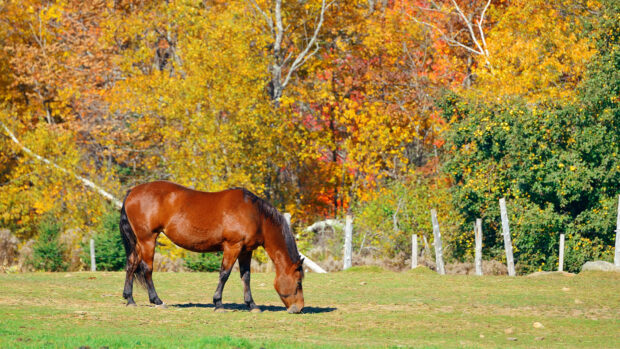Promotional Feature
The three essential Fs of equestrian helmets
All riders should look for three things when choosing a new riding helmet – fit, function and fashion. While it can be fun to match your helmet to a special outfit or pick out an embellished or sparkly one, it’s important to remember that riding helmets are meant to protect the rider’s head in case of a fall. Protection is the main function of the helmet and to do its job, the helmet must first fit the rider properly.
Fit
So how do you ensure your helmet fits correctly?
Look for a shop with a fully trained helmet fitter who can measure properly and choose the right helmet shape. It should start with the use of a measuring tape, placed one finger’s width above the eyebrows, just above the ears and across the bump at the back of the head. Once that size is determined (in cm), it’s time to choose the shape of helmet that’s best suited.
Modern helmets come in many shapes, from longer ovals to rounds, as well as different depths. Some riders may even need a special fit. The best fit will be found by trying on many different styles.
Function
How do you know if the helmet you are wearing is protective enough for riding?
The safest helmet is one that fits, spreads the load on the skull and stays put no matter what. Not one that slides down over the eyes over a fence or in sitting trot.
The ideal helmet is the one that has been tested for the potential accident. Designs are different for protecting a horse landing in a rotational fall than for a fall onto a sand arena surface.
Each safety standard tests in a slightly different way and so a helmet tested to multiple standards is more likely to have the protection needed in an accident. Having a helmet tested and certified by multiple organisations costs money but increases the opportunity for protection.
It takes force to damage the skull or cause severe bruising and the greater the force, the greater the damage. Aside from skull fracture and bruising, a large force can make the brain move inside the skull causing blood vessels to tear and neurons to shear.
A good helmet must work even in extreme temperatures when it lands on hard ground like concrete or soft ground like sand. It must work when it lands on a flat surface or a rock. It must work after many years exposed to the sun and rain. It must work at high impact speeds as well as low ones. It must work if you fall on the top of your head from a near vertical fall or hitting the side of your head falling from a gallop. It must work being kicked in the head with a 2cm sharp stud fitted in the shoe.

The four layers of a Charles Owen helmet are the headband, the expanded polystyrene (EPS), the fiberglass shell and the outermost finish.
To achieve the appropriate protection, equestrian helmets are subjected to some of the most varied of impacts of any sport and their designs are some of the most sophisticated. The four international safety standards to look for are: PAS015:2011, VG1 01.040 2014-12, ASTM F1163:2015 and SNELL E2001.
Two distinct components of the safety testing show how each standard’s requirements differ:
- The mechanical strength test requires that a helmet be placed between two parallel metal plates while force is applied. If the jaws of the vice move more than 30mm in the time allowed, the helmet will fail the test.
- The hazard anvil test requires that a helmet be dropped against a sharp metal edge at a specified height.
Fashion
There are many different helmets available to riders these days. You only have to stop in a local shop to see a wide array of styles, colours and sparkles. Gone are the days of having to choose between black velvet hats or chunky skull caps. Now riders can match their riding outfits, both for show and for riding on the yard. Your outfit brings you confidence and a confident rider is a winning rider.
Moving forward with Charles Owen
Charles Owen’s constant innovation and research means that you can rely on buying helmets that are at the cutting edge, designed to work with the body’s natural defence mechanisms and are manufactured in Charles Owen’s purpose built factory in Great Britain.
“One of our strengths is our 100 years experience in safety,” said Charles Owen chairman Roy Burek. “We are constantly striving to understand how to produce the safest helmets available to equestrians around the world and helmets that help riders do their best.”




